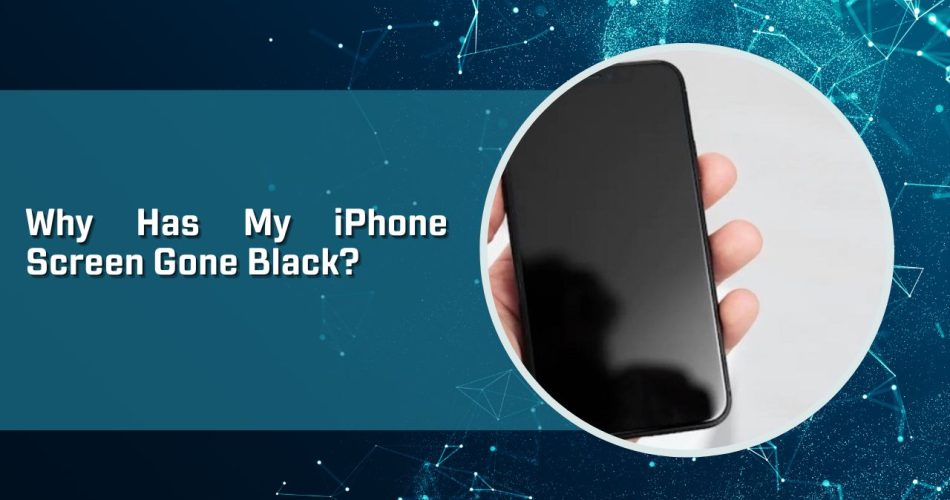The moment I picked up my iPhone and was met with a lifeless black screen, a wave of panic set in. As someone who relies heavily on my iPhone daily, the thought of it being bricked with no warning was incredibly unsettling. After taking a few deep breaths and gathering my thoughts, I began to calmly troubleshoot the issue. I had dealt with phone problems in the past, so I knew there had to be an explanation and solution. Check out the reasons and solutions.
Hardware Issues
Hardware problems are one of the most frequent causes of an iPhone screen going black. Here are some of the specific hardware issues that could lead to display problems:
- Display Damage – If your iPhone screen is cracked, smashed, or physically broken in some way, this can disrupt the connection from the display to the phone’s logic board. Even hairline cracks can cause issues.
- Faulty Power/Sleep Button – The power/sleep button is responsible for waking your iPhone screen. If this button is stuck or damaged, it may cause a black display.
- Battery Failure – An old, faulty battery may no longer provide sufficient power to illuminate the screen. This can happen abruptly with no warning.
- Loose Display Cable – Modern iPhones have delicate display cables connecting the screen to internal components. If this comes loose, it can cut off the video signal.
- General Wear and Tear – With regular use over time, the many internal parts involved in powering the display can degrade and fail.
See More: How to Use Wi-Fi Calling on an iPhone
If a hardware problem is suspected, inspect your iPhone thoroughly for any physical damage. Also, attempt to power your phone on while it’s plugged into a charger to rule out battery issues.
Software Glitches
- Software bugs and crashes can also turn an iPhone screen black unexpectedly. Some potential software issues include:
- iOS Update Problems – A bad iOS update can sometimes break features like the display. Try hard resetting after the update or downgrading.
- App Conflicts – An app crashing or having conflicts with iOS can sometimes take the screen down with it. Delete problematic apps.
- Jailbreaking Issues – Jailbroken iPhones are more prone to software issues that could impede screen functioning.
- Stuck Power Mode – Very rarely, the iPhone screen may get stuck in power off mode and fail to turn on.
Start fixing software issues by hard resetting the iPhone using the power and home button. Also, connect it to a computer and try restoring it through iTunes.
Screen Accessories Causing Conflicts
Be sure to rule out any screen accessories as potential causes for a black display:
- Screen Protectors – Cheap screen protectors can sometimes interfere with iPhone touch and display components. Try removing any installed screen protectors.
- Cases – Similarly, low quality or overly tight cases could block parts of the screen or buttons. Take off any cases.
- Blocked Sensors – If the light/proximity sensor above the screen is blocked, it can cause blackouts. Clean the area thoroughly.
Carefully inspect your iPhone’s screen area and remove any attached accessories that may be getting in the way and blocking normal functionality.
When to Seek Repair Assistance
If you cannot revive your iPhone display through basic methods and steps, it likely indicates a hardware failure has occurred. Contact Apple support and setup a repair or replacement. For quick fixes, you can often visit an Apple store without an appointment. More serious issues will need to be sent into Apple’s repair warehouses, which may take 3-5 business days. But this will ultimately be necessary for resolving an unresponsive black screen.
Black screens are never pleasant – but a bit of diligent troubleshooting can often get your iPhone back up and running in no time. Be sure to methodically rule out software glitches, accessories, battery charging issues, and physical damage that could be the culprit. With persistence, you’ll get through this technological hurdle.

